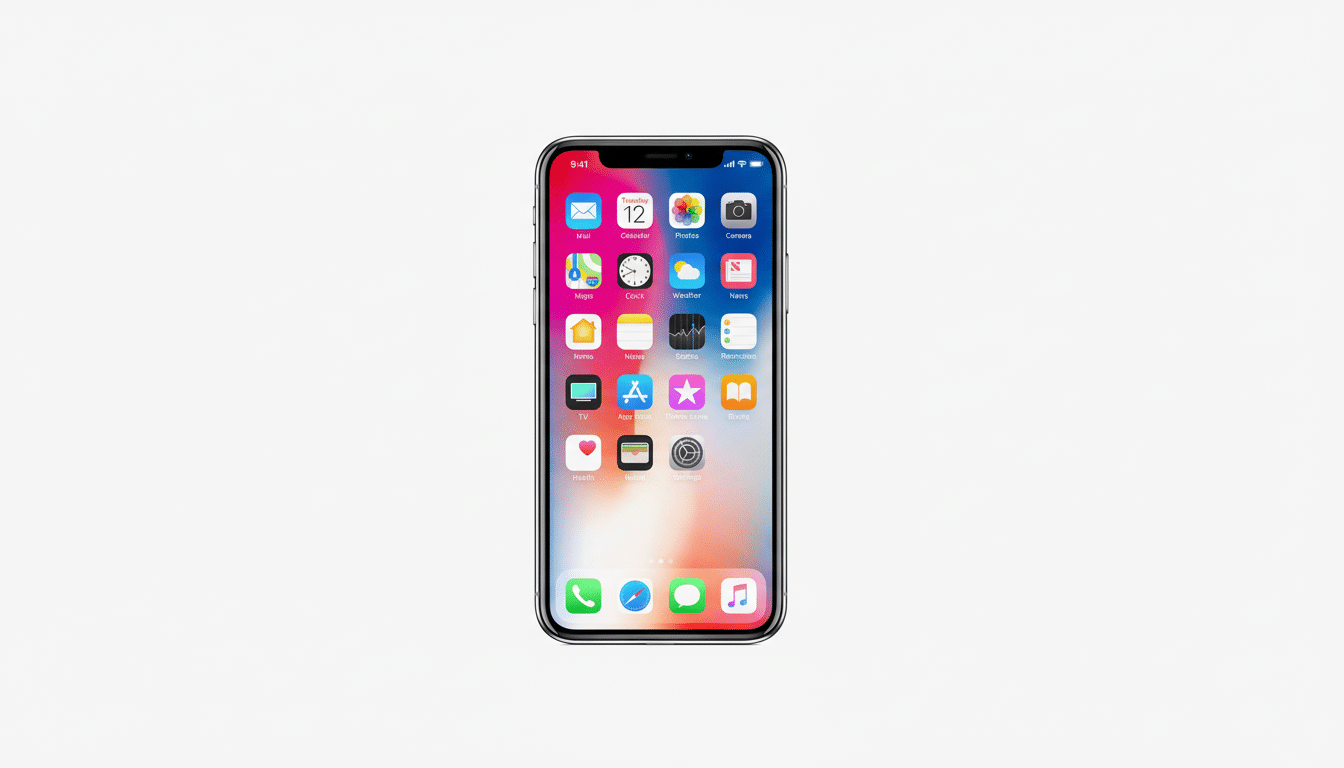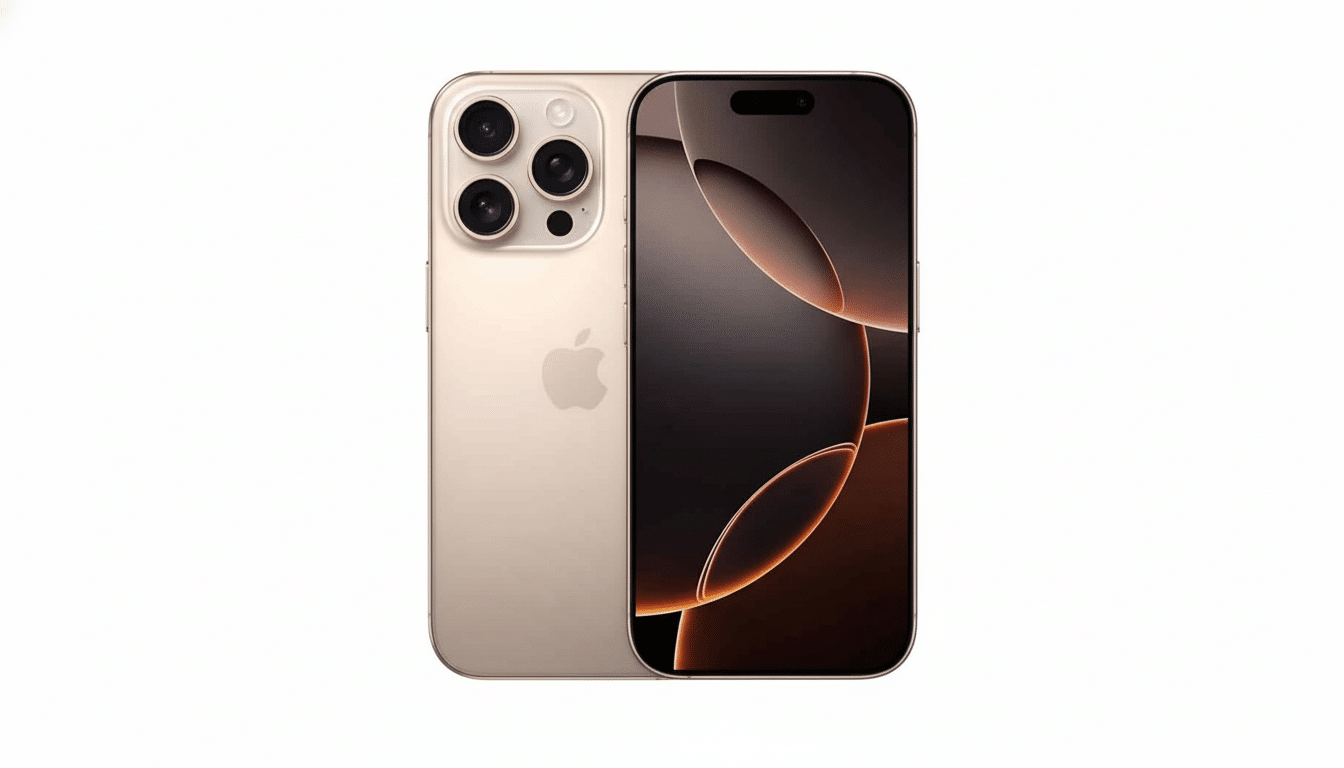Apple is also introducing Center Stage to the iPhone’s front-facing camera, so its auto-framing tech will be available not just on the iPad and Mac but directly on the device most people use to take photos and videos of themselves. The update also promises to keep you in frame as you move, offer high-resolution selfies in portrait or landscape and stabilize footage for walk-and-talk clips — an implicit nod to creators who exist on vertical video.
What Center Stage does on iPhone
Center Stage uses on-device machine learning to automatically detect people in the scene and the camera will adjust the crop accordingly to keep the subject in the center. When someone else comes into the frame, it widens to make room for that person; when he or she leaves, it clamps shut again. Support for the feature arrived last month on the iPad and Mac, working in FaceTime and in supported third-party apps across each, and Apple says the iPhone implementation will make good use of an “innovative front camera system” to ensure smooth and natural reframing.

On iPhone, two practical enhancements are offered for everyday shooting: orientation-agnostic high-res selfies, and stabilization while you’re on the move. That means you can snap back and forth from portrait to landscape without needing to reset your frame, you can film while walking or gesticulating without having jittery, off-center compositions. For handheld vlogging, or quick product demos, the less fiddling you need to do, the cleaner the takes.
Why it matters for creators and callers
For creators of content, auto-framing is not a gimmick; it’s a time saver. A fitness instructor crossing a living room, a teacher videotaping a mini-lesson or a street interviewer seeking reactions no longer requires a slider or a camera operator at all. The feature cuts setup time and limits your need to reshoot when you drift out of frame, which is especially handy in narrow spaces where it’s not possible to back the phone up.
There’s a communications angle, too. Video feed of remote workers and students follows them around without needing hands-on adjustments. On the other hand, with iPhone adoption being nearly ubiquitous in the U.S. — Counterpoint Research has consistently found that Apple captures more than 50 percent of monthly domestic smartphone sales — bringing the feature to the front camera puts polished framing on the doorstep of the smartphone owner base that increasingly depends on their phones for video calls and short-form clips anyway.
How it compares to competitor auto-framing
Google and Samsung, as well as Meta, have shipped versions of auto-framing. Galaxy phones contain “Auto Framing” features within certain camera and video apps; Google’s Meet includes subject tracking; Meta’s Portal television smart device made pan-and-scan “Smart Camera” de rigeur. Ever since, Apple’s angle has been clear: keep processing on the device, prioritize natural skin tones and exposure, and make the feature a system-level chew-toy that apps can tap into without needing bespoke workarounds.

The balancing act here is in image quality. Severe cropping sometimes leads to less sharp footage if the field of view from the source was narrow. Apple’s older Center Stage captures on iPad relied on a bigger capture area and nifty subject detection to maintain detail while reframing. Mobile imaging testers like DxOMark frequently note that stabilization, exposure linearity and facial representation are critical for perceived video quality; Center Stage aims to hit the trifecta by stabilizing the frame, keeping faces in the center of the action and maintaining exposure as people move around.
Apps, controls and expected compatibility
On iPad and Mac, Center Stage can be enabled or disabled from settings or in quick controls, and the feature is available in apps such as FaceTime, Zoom and Webex, when supported by developers. Apple said the rollout of iPhone will be based on a similarly philosophy: system-level access for communication and creation apps, and a switch that is easy to toggle on and off, so that users can apply the effect on their own terms.
Apple usually binds features like this to devices with enough on-device processing to provide real-time subject detection. Final compatibility lists will appear on Apple’s spec sheets and support pages, as well as whether the native Camera app would show the users Center Stage for selfie videos or debut instead by way of calling and creator apps.
Early take: tiny feature, huge impact
Center Stage isn’t a camera marquee spec like a new sensor or lens, but it alters outcomes. Better framing leads to more watchability, which in turn leads to engagement — a feedback loop that counts on platforms like TikTok, Instagram and YouTube Shorts. For the average person, it simply means fewer jarring cutoffs and more usable takes.
With their selfie camera with auto-framing, Apple plays into an industry trend, while also leaning on their expertise in on-device intelligence and vertical ecosystem integration. If execution here feels like what you get on iPad and the Mac, this becomes a stealth upgrade for iPhone owners that will be readily apparent every time they hit record.

